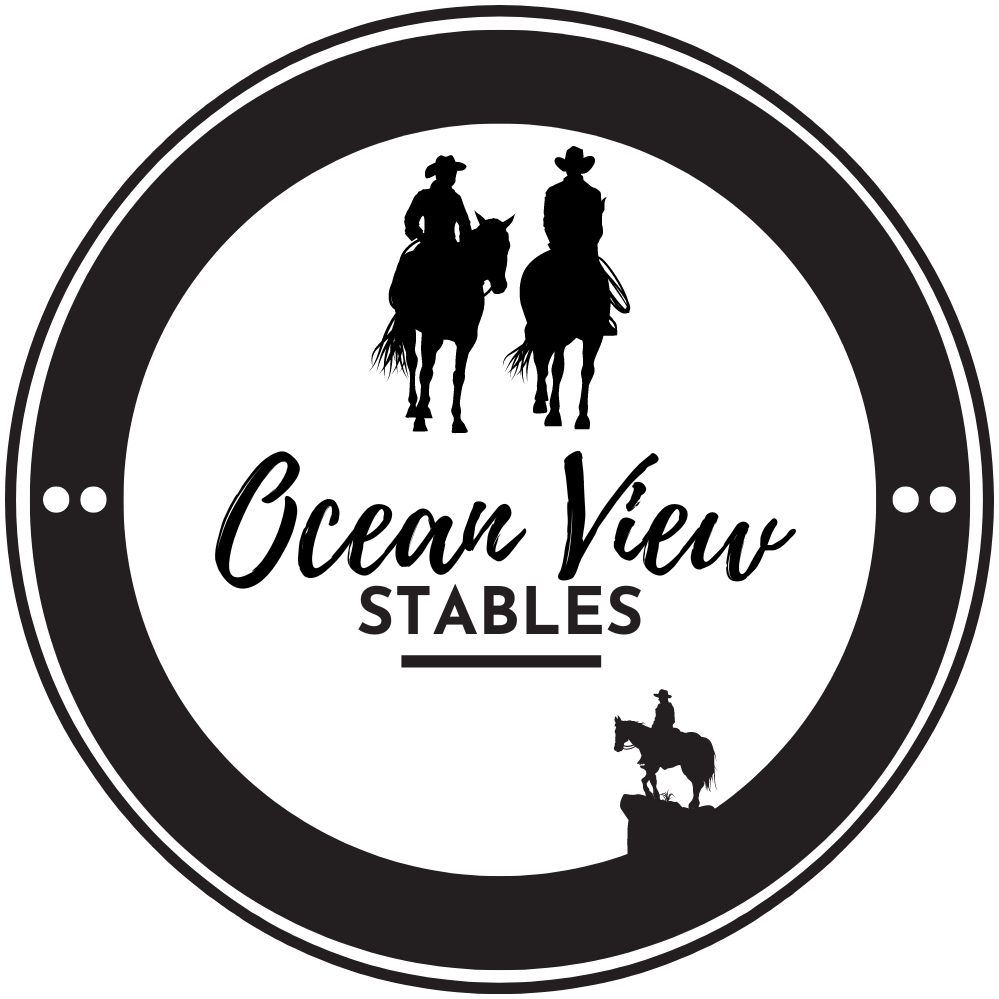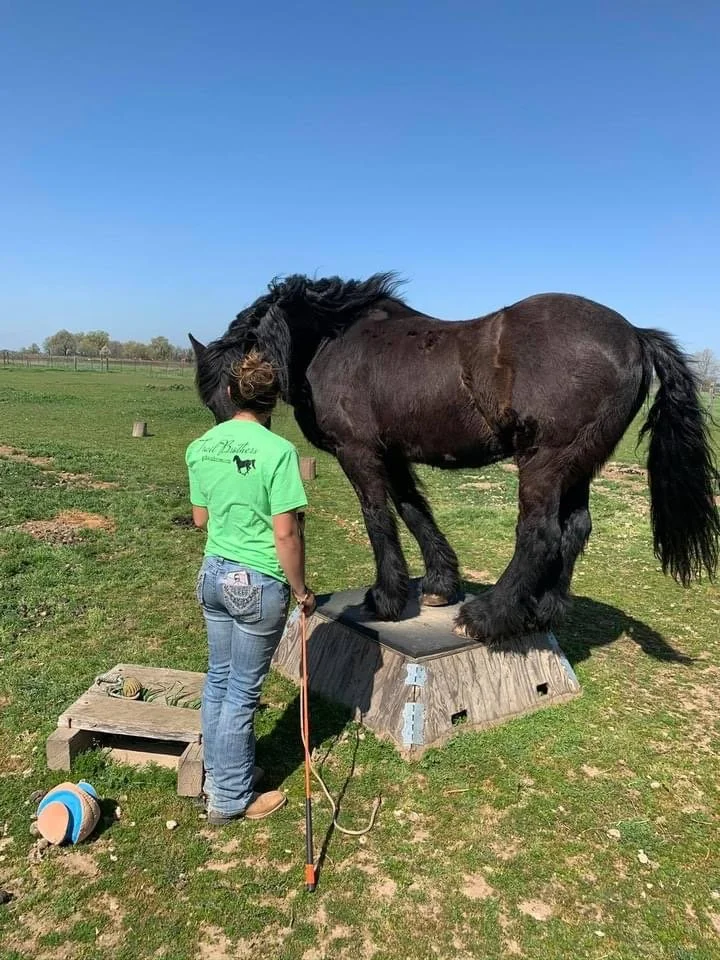10 Things You Should Know Before Becoming a Horse Trainer: An In-Depth Guide
Introduction
So, you've decided to follow your passion for horses and turn it into a profession? That's a remarkable choice! However, diving into the world of horse training isn't just about saddling up and riding into the sunset. Like any profession, it requires dedication, knowledge, and a deep understanding of your subject - in this case, the majestic horse. This article lays out ten essential things every aspiring horse trainer should be aware of. So, hold your horses, and let's get started!
1. Understanding Horse Psychology
Before you even think about training, it's vital to understand the mind of a horse.
Natural Instincts: At their core, horses are prey animals. This means they'll often react to situations with a flight response. Understanding this can help in training and handling challenging situations.
Desensitization Training:
Scenario: A sudden, loud noise (like the backfire of a vehicle) can spook a horse, leading to a panicked reaction.
Understanding the Flight Response: By recognizing that a horse's instinct is to flee from perceived threats, trainers can develop desensitization exercises. These exercises gradually introduce the horse to various stimuli in a controlled environment, reducing their fear response over time.
Benefit: This can make horses more manageable in unpredictable environments and reduce the risk of injuries to both the horse and the handler.
Social Animals: Horses thrive in herds. Recognizing their need for social interaction can be instrumental in training and maintaining their well-being.
Group Turnouts for Physical and Mental Stimulation:
Scenario: A horse kept in isolation may display signs of distress, such as pacing, chewing, or excessive whinnying.
Understanding Their Social Nature: Recognizing their need for interaction, trainers or caregivers can ensure that horses have regular group turnouts or play sessions in pastures.
Benefit: These group interactions allow horses to engage in natural herd behaviors, like grooming each other, playing, or simply grazing side by side. This not only provides physical exercise but also ensures mental well-being, reducing stress and potential behavioral issues.
Social Hierarchies in Training Approaches:
Scenario: Within a group, some horses may display dominant behaviors, while others might be more submissive.
Understanding Their Social Nature: Trainers who understand herd dynamics and individual horse personalities can tailor their training techniques accordingly. They can provide leadership and consistency that dominant horses might need, while offering more gentle, reassurance-based techniques for submissive ones.
Benefit: By adjusting training techniques based on a horse's position within its social hierarchy, trainers can achieve more effective and positive training outcomes.
Learning Patterns: Horses learn through repetition and reward. Consistency is key when it comes to training. pressure and release of pressure with perfect timing.
Desensitizing to Fears using Pressure and Release:
Scenario: A horse is nervous about crossing a small stream or puddle during trail rides.
Understanding Learning Patterns: The trainer approaches the water and applies gentle pressure, urging the horse forward. The moment the horse takes a step closer or shows curiosity instead of fear, the trainer releases the pressure, praising the horse.
Benefit: By consistently applying and releasing pressure in response to the horse's actions, the trainer reinforces the horse's bravery and curiosity. Over time, the horse learns that approaching or crossing water is a positive experience, alleviating its initial fear.
Reward-based Reinforcement in Advanced Training:
Scenario: A trainer is teaching a horse a more complex maneuver, like a dressage move or a jump.
Understanding Learning Patterns: Recognizing the importance of rewards, the trainer ensures that every time the horse successfully performs the maneuver, it receives a reward, be it through verbal praise, a gentle pat, or a treat. This is combined with the application and release of pressure to guide the horse through the desired motion.
Benefit: The horse starts associating the successful execution of the maneuver with positive reinforcement. This makes it more eager to perform the move correctly in subsequent training sessions and ensures a smoother learning process.
2. The Art of Communication
Communication is paramount in any relationship, and the bond between a trainer and horse is no exception.
Body Language: Over 90% of equine communication is non-verbal. Hence, understanding and mirroring their body language can create trust.
Voice Commands: While horses respond primarily to body language, voice commands play a significant role, especially when reinforcing positive behavior.
Tack and Equipment: Tools like reins, bits, and saddles should be seen as communication aids and not control mechanisms.
3. The Business Side of Horse Training
Turning your passion into a profession means understanding the business side of things.
Networking: Building relationships with vets, farriers, and other professionals can be invaluable
Leveraging Recommendations from Other Professionals:
Scenario: A trainer is looking to expand their training techniques or needs specialized equipment for a particular horse's needs.
Understanding the Importance of Networking: Being well-connected in the equestrian community, the trainer can reach out to other professionals, such as experienced trainers or equipment suppliers, for recommendations.
Benefit: These recommendations, based on trusted peers' experiences, can save time, resources, and potential pitfalls. It can also open doors to new opportunities, training methods, or equipment that the trainer might not have been aware of.
Insurance: Accidents happen. Ensuring you're covered can save you from potential financial pitfalls.
Marketing: In the age of the internet, having an online presence through a website or social media can boost your business.
Scalability: You must build your horse business in a way that you can eventually have others doing the lower level lessons freeing your time for the hire lessons
Press Release: Take every opportunity to showcase your business with community outreach and letting the local news know about your upcoming experiences.
4. Continuous Learning and Professional Development
The equine world is always evolving. Staying updated is crucial.
Workshops and Seminars: These can offer insights into new training methods and techniques.
Certifications: While not always necessary, being certified can give you an edge in the market.
Mentorship: Finding a mentor in the early stages of your career can provide invaluable guidance.
5. The Physical Demands of the Job
Training horses isn't just mentally challenging; it's physically demanding too.
Fitness: Maintaining good physical health can help in handling horses and prevent injuries.
Injury Prevention: Proper techniques and awareness can reduce the risk of accidents.
Self-care: Remember to take time for yourself. Burnout can affect both your health and your ability to train effectively.
6. Ethical Training Practices
In the world of horse training, ethics should be at the forefront.
Positive Reinforcement: Reward-based training is not only more effective but also fosters a positive relationship between trainer and horse.
Avoiding Punishment: Negative reinforcement can lead to mistrust and potential behavioral issues.
Being Patient: Every horse is unique. Recognize their individual needs and pace your training accordingly.
7. Preparing for the Unexpected
Training can be unpredictable. Being prepared is essential.
Emergency Situations: Having a plan for situations like injuries or sudden illnesses can be a lifesaver.
Backup Plans: Sometimes, training sessions might not go as planned. Having an alternative approach or activity can be beneficial.
Handling Difficult Horses: Not every horse will be easy to train. Developing strategies for these situations is crucial.
8. The Joy of Building Relationships
At the heart of training is the bond between trainer and horse.
Trust: Building trust is the foundation of any successful training regimen.
Empathy: Putting yourself in the horse's shoes, figuratively speaking, can foster understanding and mutual respect.
Celebrating Milestones: Recognizing and celebrating achievements, no matter how small, can be incredibly rewarding.
9. Understanding Different Breeds and Disciplines
Horses come in various shapes, sizes, and temperaments. Being versatile is key.
Breed Knowledge: Different breeds have distinct characteristics. Understanding these can guide training approaches.
Disciplines: From dressage to show jumping, each discipline has its nuances. Specializing can be beneficial, but a broad knowledge base is invaluable.
Adapting Techniques: Recognize that what works for one horse might not work for another.
10. The Importance of Safety
Last but by no means least, safety should always be a priority.
Proper Gear: Investing in quality gear, both for yourself and the horse, can prevent potential accidents.
Safe Environment: Ensuring the training environment is safe and free of hazards is paramount.
Awareness: Being aware of your surroundings and any potential risks can make all the difference.
10 Things You Should Know Before Becoming a Horse Trainer
Becoming a horse trainer is a journey filled with challenges, learning, and immense rewards. It requires a combination of passion, skill, and dedication. By understanding the intricacies of horse psychology, emphasizing ethical training practices, and prioritizing safety, you're laying the groundwork for a successful and fulfilling career.
FAQs
Why is understanding horse psychology important? Understanding horse psychology allows trainers to build trust, communicate effectively, and tailor their training methods to suit individual horses.
What role does body language play in horse training? Body language accounts for the majority of communication between horses and humans. Recognizing and responding to a horse's body language can foster mutual understanding. Get “True Horsemanship through Feel” to learn more about these connections
Is certification necessary to become a horse trainer? While not mandatory, certification can provide a competitive edge and assure clients of your expertise and ethical training practices.
How can one handle difficult horses? Patience, understanding, and flexibility are key. Recognizing the underlying causes of a horse's behavior and adapting training methods can yield positive results. Also, getting Ray Hunts book “Think Harmony with horses” will help dramatically!
What's the significance of ethical training practices? Ethical training practices ensure the well-being of the horse and foster a positive, trusting relationship between the horse and trainer.
How can one ensure safety during training? Investing in quality gear, ensuring a hazard-free environment, and being constantly aware of one's surroundings are vital for ensuring safety.
Conclusion
Embarking on the path to becoming a horse trainer, Get going at Ocean View Stables located minutes from San Francisco Zoo, right on the coast. With the right knowledge, ethics, and skills, it can be a deeply rewarding journey. Here's to building strong, trusting bonds with our equine companions and helping them reach their full potential!


